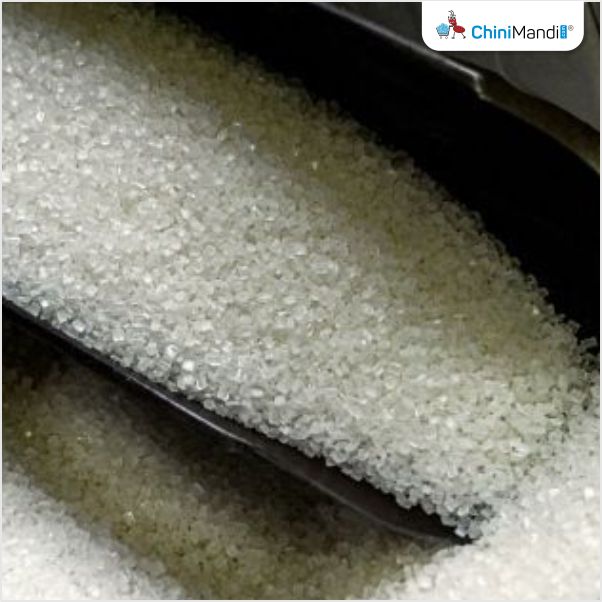Can India imitate Brazil’s Flex fuel policy?
India imports 85% of their crude oil needs, so the government is trying to find ways to reduce their oil import needs. One way that Brazil found, starting back in the 70s, was to try and locally produce their own fuel, ethanol. The results were problematic, until Brazil began to bring in the technology and develop it, known as flex fuel. That resurrected the ethanol use in cars, which had suffered as car owners had given up on using ethanol as supply issues had appeared. Fuel ethanol consumption of Brazil increased from 166.85 thousand barrels per day in 2000 to 547.56 thousand barrels per day in 2019/2020 growing at an average annual rate of 7.53%. The share of ethanol in the fuel mix used by passenger cars and light cargo vehicles in 2019/2020 was 48.3%. Hydrous ethanol (flex fuel) use of the total 32.8 billion liters consumed was 68.6% or 22.5 billion liters.
Currently Brazil has both an ethanol and gasoline mix, (Anhydrous) and also pure ethanol for the flex fuel car (Hydrous). Brazil actually had already introduced ethanol into their fuel mix, way back in 1931, with E-5. After the OPEC embargo hit, Brazil increased the fuel mix to E-11 in 1976. Since that time they have altered the mix 23 times, but since 2015, it has been set at its largest percentage, which is E-27.
As for the percentage of sugarcane that has been directed to ethanol, in 2018/2019 and 2019/2020, it has risen above 60%, reaching a high of 64.1% in 2018/2019. But with the pandemic last year, the percentage of cane going to ethanol fell back to 53.37% as fuel consumption fell. This has gradually increased until this year it reached 54.66% as demand has come roaring back and international fuel prices have risen. That shift in cane initially back to more sugar production caused a huge jump from 2019/2020 to 2020/2021 with production increasing from 26.76 MMT to 38.36 MMT a jump of 43.72%. But even with the lower sugar production in 19/20, they still managed to export 19.3 MMT. This is because their internal consumption is 10.65 MMT. That year the internal consumption number was therefore 39.8% of the total sugar production.
That percentage of internal consumption to total production is the big difference between Brazil and India. According to the USDA numbers, for the 2020/2021 season, India’s internal sugar consumption compared to total sugar production is 82.9%. According to another analyst, it is actually 84.5%. The internal consumption number ranges between 26.5-28.0 MMT. Indian mills had been sitting on large sugar stocks so they could afford to export a record amount this year of some 7.0 MMT, even with losing some 1.5-2.0 MMT of sugar production to ethanol production. But that allowed the country to only reach an E-8.5 mix. How are they going to push to E-20 by 2025?
The idea of the government is to not rely on sugarcane to produce the necessary ethanol. But last year some 91% of the ethanol produced came from sugarcane either through molasses (82.2%) or sugarcane juice (8.57%). Corn was only 8.72%. The idea for now is to split the increase in production between sugarcane and grains by about 50% each, but even the use of grains presents problems. Corn use for the poultry sector as well as starch is increasing at a rate of around 3.5% per year over the last two years. Production of corn for this year, according to the USDA, is expected to drop nearly 4%. So where will the production of ethanol come from with the grains? The government has rice stocks they can utilize, but the minimum price the government pays for rice makes the use of rice stocks for ethanol a potential loser. It has been estimated that for grains to cover 50% of the E-20 target we will need 17 MMT of grains. Where is that going to come from?
So, even though we might have a surplus in sugar and rice stocks now, in order to meet the government’s target of E-20 by 2025, they are going to have to rely on investment in new production, both of cane, and in grains. This would mean that if we do see some of the mills converting their mills to sugarcane juice, we could still see a loss of sugar production, as some suggest this year, but we are still short this year of the Oil Marketing Companies demand by a large margin and we believe that the sugar loss will unlikely reach the 3.4 MMT suggested by some. Going forward the industry can ill afford to convert too much of the existing cane to sugar. Remember that India has seen three good monsoons in a row, two of which were surplus. This can’t be counted on forever.
The Indian government has good intentions, and ethanol is at least a partial solution in order to reduce their fuel bills as well as reduce their perpetually bad air pollution. However, to each E-20 it will require investment from both the sugarcane and grain industry. One more thing to remember when one is looking at cane, is that in Maharashtra, sugarcane occupies only 4% of the agricultural area, but consumes 64% of the total irrigation used in the state. How will the government deal with the ethanol puzzle? Brazil helped to point the direction, but in India the conditions are completely different. India will have to work out its own solution.
To read the previous Episodes, click here
Mr. Michael McDougall is Managing Director at Paragon Global Markets, LLC, New York, USA. He has been active in commodity futures for 35 years.












